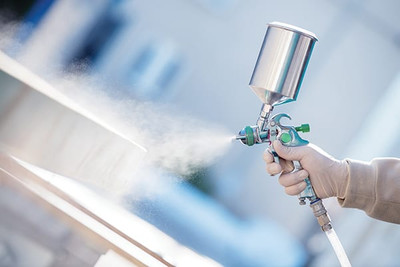With constant use, blast hoses get worn. A flimsy, cracked, and hole-filled hose can be potentially dangerous. So, before and after every job, remember to check your hose.
How to perform a hose check.
When evaluating your blast hose, check it visually, and physically squeeze the hose at regular intervals - from the blast pot hose coupling to the nozzle coupling.
- If you find any evidence of splitting, cracks, or holes along the length of the hose, you should replace it in its entirety. However, if the damage is localised to a small section, the area can be cut out and the hose length shortened.
- Worn sections of the hose will feel physically softer. If your hose has lost rigidity in areas, it may indicate internal damage which is grounds for a complete hose replacement.
Don’t be tempted to jerry-rig a dodgy repair!. Using tape to patch a hose damage is highly dangerous.
Best practice maintenance includes:
- Keeping the hose away from chemicals, sharp edges, and any vehicle movement.
- Making gradual bends rather than sharp turns that might increase wear.
- Using a safety cable if the hose runs over structures – to support the weight.
- Closing the metering valve after blasting and blowing air through the hose to get rid of remaining abrasive.
Watch our resident Insider expert talk you through this process or get in touch with our technical team if you have any concerns.




